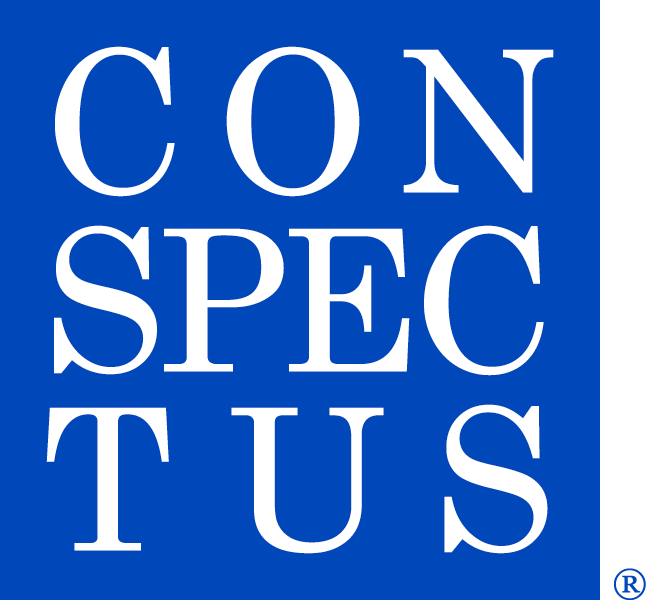New and Different
The industry is changing. The emerging revolution is that licensed architects and engineers owe a fiduciary duty to owners. This change will have dramatic effect on communications and documentation between design teams (including specifiers) and the owners. Architects and engineers, as fiduciaries, must provide the highest duty of care and loyalty to the owner. Among other responsibilities, the duty requires:
- Providing objective information
- Eliminating advocacy
- Disclosing conflicts of interest
- Disclosing when outside area of expertise
- Acting in the owner's best interest with every decision
- Obtaining informed consent
Fiduciary duty is an affirmative duty. The responsibility falls to the architect and engineer to proactively engage the owner and formally document the design process, including the services rendered and decisions obtained. It will be the architect or engineer that must defend and prove the fiduciary duty obligations were fulfilled if ever challenged - essentially guilty until proven innocent.
Standard‑of‑care required by today's owner-architect agreements will not suffice. Ethics will be paramount. There is nothing that defines what fiduciary duty will mean for every potential circumstance. Architects and engineers must evaluate situations and choose the ethical response to ensure they serve the owner's best interest, always.
The Importance
Conspectus is witness to what happens in the background, outside the owner's knowledge. We presented three recent examples from our projects that have us questioning why information is concealed from the owner. The owner may want to know what questions we ask as the specifications are written because the owner may have an opinion about what answer is given. The owner may want to know sustainable design requirements are specified when they were not requested. The owner may want to know the specifications were assembled in five hours using sections from other projects without tailoring to the current project conditions. There are many more examples to share.
When information is hidden, unnecessary risk is created - risk for the designers, the specifiers, the project, and ultimately the owners. Unfortunately, the risk may not become evident until requests for information and change orders begin to appear during construction. Then the risk may be costly for the owner, both in time and money.
We believe the owners deserve better. The owners should be fully informed about the process that is needed and decisions that are made to create their project. The owner should have the opportunity to participate in the decisions to the extent the owner chooses to help ensure the desired outcome.
Conspectus's Position
Conspectus will act as a fiduciary to the owner and will act ethically to protect both our client and the owner's interests. We will carefully consider our decisions about specifying systems and materials and the impact on the project construction, operation, and maintenance. We will advise our client of both negative and positive impacts and provide recommendations to improve the project outcome, always in respect of the owner's interests.
Conspectus will communicate with our client in ways that allow our client to share our communications with the owner. Conspectus will strive to inform our client and the owner in a manner that preserves the owner's decision making integrity and promotes informed consent.
Conspectus will strive for excellence through continuous improvement to ensure we can provide unbiased, objective information about building systems and materials to the owner. We will research systems and materials to develop a deep understanding of the building science allowing us to provide sound advice.
Conspectus will guard the owner from decisions in conflict with the owner's project requirements. Conspectus will alert our client about deviations and will request specific authorization to depart from the owner's requirements before implementation.
Conspectus will continue our participation in and support of the Fiduciary Duty Initiative and its working group dedicated to embracing and promoting the concept and implementing practices to fulfill the duty for the benefit of the owner.
Conspectus will identify required decisions during the specifications writing process. We will collect, organize, and analyze available project data, including design documentation and owner project requirements. Conspectus will develop questions and comments directed to our client, the owner, or both to collect sufficient data to complete the specifications.
Conspectus will maintain a record of the specifications development process showing owner directives, design decisions, and system and material requirements. The record will be available to our client and to the owner to monitor the design progression and aid decision making.
Conspectus will identify decisions that rightfully belong to the owner. Some decisions have material impact to quality, cost, schedule, operations and maintenance. These decisions must be controlled by the owner. We will encourage our client to seek the owner's informed consent to resolve issues having material impact.
The Result - A New Tool for Direct Owner Engagement
Conspectus developed ConspectusCloud, a new web‑based tool that provides a transparent, proactive process and unified project documentation database to effectively fulfill fiduciary duty obligations. To preserve decision making capability, the owner can observe, comment, and even edit project requirements and specifications developed throughout the design and construction process to ensure the owner's interests are preserved.
The tool records the owner's project requirements, performance criteria, design criteria, design decisions, system selections, product specifications, commissioning, and operations requirements. ConspectusCloud allows the design solution to be continuously and proactively measured and evaluated against the owner's project requirements, including budget, to confirm compliance.
A full audit trail ensures a complete decision record and the owner's informed consent for the entire design and construction process. For without the record, the owner cannot ensure compliance and the design team cannot defend against a fiduciary duty failure claim.
